

Articles
How To Store Face Mask
Modified: December 7, 2023
Discover effective ways to store your face mask with these informative articles. Keep your mask clean and easily accessible for everyday use.
(Many of the links in this article redirect to a specific reviewed product. Your purchase of these products through affiliate links helps to generate commission for Storables.com, at no extra cost. Learn more)
Introduction
With the ongoing COVID-19 pandemic, the use of face masks has become an essential part of our daily lives. Whether you wear disposable masks or reusable cloth masks, it’s important to properly store them when not in use. Proper storage not only helps to maintain the effectiveness of the mask but also prevents contamination and damage.
In this article, we will guide you through the steps to store your face mask properly. By following these guidelines, you can ensure that your mask stays clean, hygienic, and ready for use whenever you need it.
Let’s get started!
Key Takeaways:
- Properly storing face masks is crucial for maintaining cleanliness and effectiveness. From cleaning and drying to regular inspection and replacement, each step contributes to mask longevity and safety.
- Labeling and identifying masks, storing them in clean containers, and avoiding direct sunlight and moisture are key to preserving mask quality. Regular inspection and replacement ensure continued protection.
Step 1: Clean and Dry
The first and most important step in storing your face mask is to ensure that it is clean and dry. It’s crucial to always wear a clean mask to minimize the risk of contamination.
If you are using disposable masks, make sure to discard them after each use. For reusable cloth masks, it’s essential to wash them regularly. Follow the manufacturer’s instructions or guidelines provided by health authorities regarding the frequency of washing.
To properly clean your face mask, you can either hand wash it using soap and water or use a washing machine. If using a washing machine, select a gentle cycle with warm water and use a mild detergent.
After washing, thoroughly rinse the mask to remove any soap residue. Make sure to squeeze out excess water and allow the mask to air dry completely. Avoid using a dryer as high temperatures can damage the fibers of cloth masks.
By cleaning and drying your face mask properly, you ensure that it is free from any dirt, bacteria, or other contaminants that may compromise its effectiveness.
Step 2: Fold or Roll
Once your face mask is clean and dry, the next step is to fold or roll it for storage. This helps to keep the mask compact, making it easier to store and carry.
If you have a disposable mask, fold it in half vertically, bringing the bottom edge up to meet the top edge. Then fold it in half horizontally, folding the left side over the right side. This creates a compact rectangle that can be easily stored.
For reusable cloth masks, folding them in a similar manner can help keep them neat and tidy. Start by folding the mask in half vertically, just like with disposable masks. Then fold it in half horizontally, folding the bottom edge up to meet the top edge. Finally, fold the sides in towards the center, creating a compact rectangle or square shape.
If you prefer, you can also roll your face mask instead of folding it. Start by laying the mask flat on a clean surface. Roll it tightly from one side to the other, making sure to keep it secure. This method is especially useful for cloth masks as it prevents any creases or wrinkles from forming.
Remember to handle the mask with clean hands while folding or rolling it, and avoid touching the inside surface that comes into contact with your face.
By folding or rolling your face mask, you create a compact shape that is convenient for storage and reduces the risk of contamination.
Step 3: Store in a Clean Container
After folding or rolling your face mask, it’s important to store it in a clean container to keep it protected from outside contaminants. A dedicated container ensures that your mask remains clean and ready for use.
Choose a container that is large enough to hold the folded or rolled mask without causing any creasing or damage. It should also be made of a clean and washable material, such as plastic or fabric, that is easy to maintain.
You can use a variety of containers to store your face mask. Here are some options:
- A clean ziplock bag: This provides a simple and convenient way to store your mask. Make sure to close the bag tightly to prevent any dust or moisture from entering.
- A small fabric pouch or drawstring bag: This is a reusable and eco-friendly option that allows airflow and can be easily washed along with your mask.
- A clean container with a lid: Choose a container that is specifically designated for mask storage and make sure to clean and sanitize it regularly.
When storing your mask, ensure that the inside of the container is clean and free from any debris or dirt. Avoid storing it with other items that may contaminate it, such as used tissues or makeup products.
By storing your face mask in a clean container, you maintain its hygiene and reduce the risk of contamination when not in use.
Store face masks in a clean, dry place, away from direct sunlight and moisture. Consider using a resealable plastic bag or a clean container to keep them protected and easily accessible.
Step 4: Avoid Direct Sunlight and Moisture
To ensure the longevity and effectiveness of your face mask, it is important to store it in a location that is away from direct sunlight and moisture.
Exposing your mask to sunlight for prolonged periods can degrade the materials and reduce its effectiveness. UV radiation from the sun can also contribute to the deterioration of the mask’s filtration capabilities. Therefore, it is best to store your face mask in a cool, dark place.
In addition to sunlight, moisture can also compromise the integrity of your face mask. Moisture can create an environment for bacteria or mold to thrive, rendering the mask less effective and potentially harmful to use.
When storing your mask, ensure that the container or storage area is dry and well-ventilated. Avoid storing your mask in damp environments such as bathrooms or basements, as they can promote the growth of mold or mildew.
If your mask becomes wet or damp during use, it is essential to dry it completely before storing it. Place the mask in a well-ventilated area or use a fan to speed up the drying process. Once dry, ensure that it is properly folded or rolled and stored in a clean, dry container.
By protecting your mask from direct sunlight and moisture, you can maintain its quality and extend its lifespan.
Read more: How To Store Cpap Mask When Not In Use
Step 5: Label and Identify
Properly labeling and identifying your stored face masks is crucial, especially if you have multiple masks for different purposes or family members. This step helps you keep track of usage and ensures that each mask is used in the appropriate order.
Here are some tips to label and identify your face masks:
- Use a permanent marker or label maker to write the date of first use on the mask to help you track its age.
- If you have multiple masks, consider labeling them with initials or color-coding to differentiate between family members or specific purposes.
- Use clear plastic pouches or pockets to insert a small label stating the intended use of the mask, such as “work”, “grocery shopping”, or “exercise”.
By labeling and identifying your face masks, you can keep track of their usage and ensure that each mask is used appropriately and in a hygienic manner.
Step 6: Regular Inspection and Replacement
The final step in proper face mask storage is to regularly inspect and replace your masks as needed. Regular inspection helps you identify any signs of wear and tear, as well as ensure that the mask is still providing adequate protection.
Here are some guidelines for inspecting and replacing your face masks:
- Check the elastic bands or ear loops for any signs of stretching, fraying, or breakage. If the elastic is no longer providing a snug fit, it’s time to replace the mask.
- Inspect the fabric of your cloth masks for any holes, thinning areas, or deterioration. If you notice any damage, it’s time to retire the mask and use a new one.
- Pay attention to the shape and fit of the mask. Over time, masks may lose their shape or become less effective in sealing around your face. If you’re experiencing gaps or discomfort, it’s time to find a replacement mask.
- Refer to the manufacturer’s recommendation or guidelines provided by health authorities for the lifespan of your specific mask. Disposable masks should be replaced after each use, while reusable cloth masks may have different expiration dates depending on the fabric and construction.
Regularly inspecting and replacing your face masks is essential to ensure their effectiveness and maintain your safety and the safety of those around you.
Remember, it’s always better to err on the side of caution and replace your mask sooner rather than later if you’re unsure about its condition.
Conclusion
Proper storage of face masks is essential to maintain their cleanliness, effectiveness, and longevity. By following the steps outlined in this article, you can ensure that your face masks stay hygienic and ready for use whenever you need them.
From cleaning and drying your masks to folding or rolling them for storage, each step plays a crucial role in maintaining the quality of your masks. Storing your masks in clean containers, away from direct sunlight and moisture, helps to prevent contamination and damage.
Labeling and identifying your masks further ensures that you keep track of usage and prioritize the masks appropriately. Regular inspection and replacement are vital to identify any signs of wear and tear and to ensure that your masks are still providing adequate protection.
Remember, the effectiveness of face masks in protecting against COVID-19 relies on maintaining their cleanliness and integrity. By adopting proper storage practices, you can contribute to the overall safety and well-being of yourself and those around you.
Stay safe, stay protected, and continue to follow recommended guidelines for mask usage and hygiene.
Frequently Asked Questions about How To Store Face Mask
Was this page helpful?
At Storables.com, we guarantee accurate and reliable information. Our content, validated by Expert Board Contributors, is crafted following stringent Editorial Policies. We're committed to providing you with well-researched, expert-backed insights for all your informational needs.





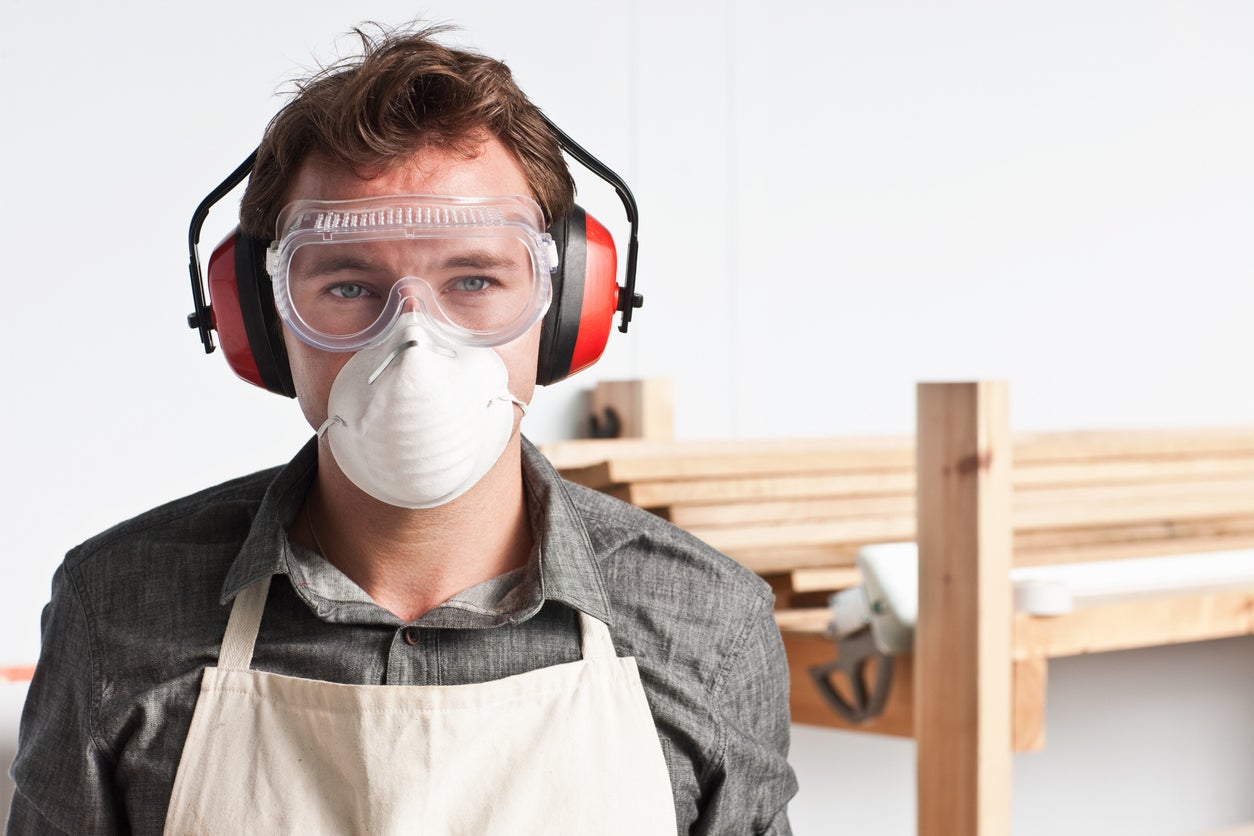

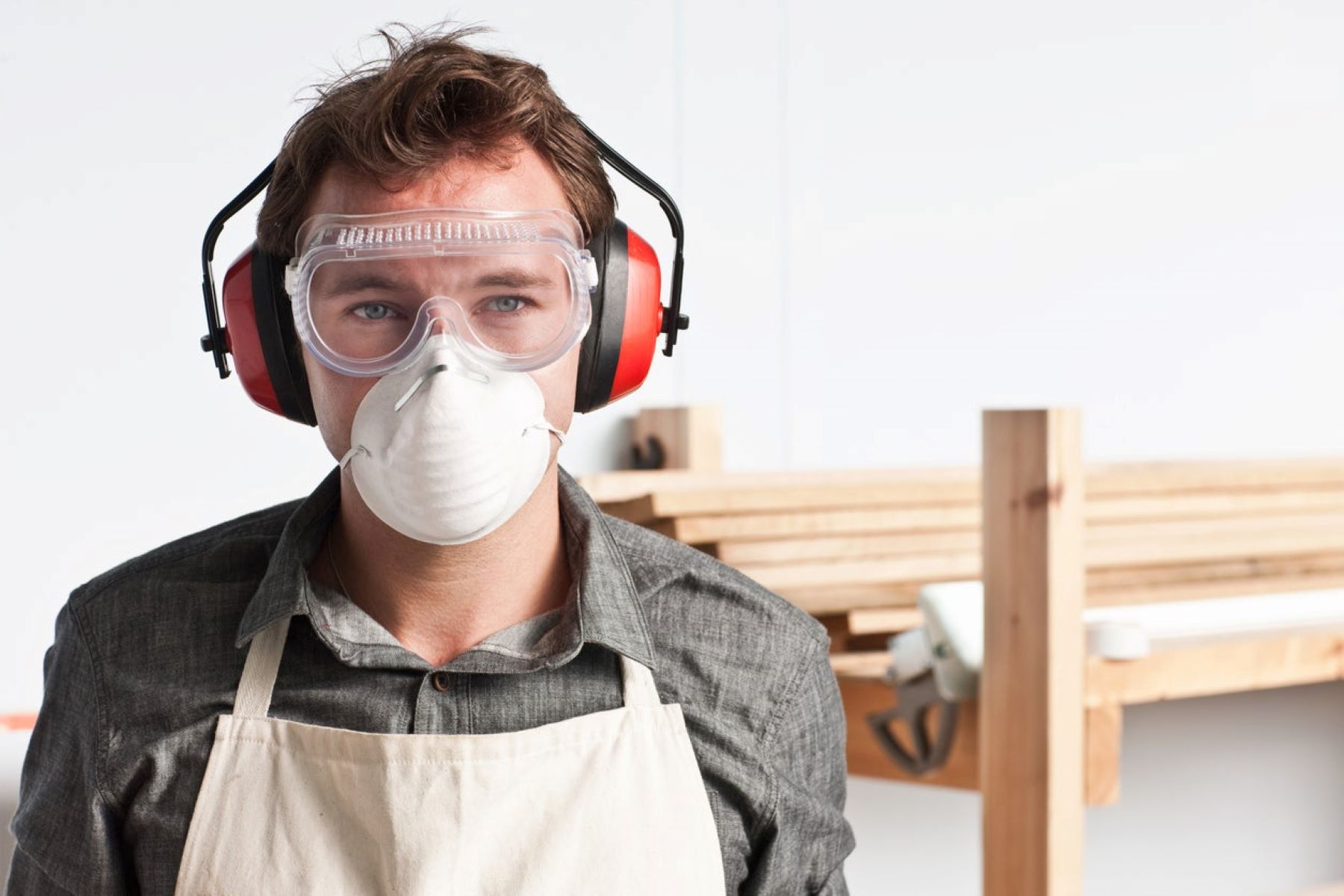


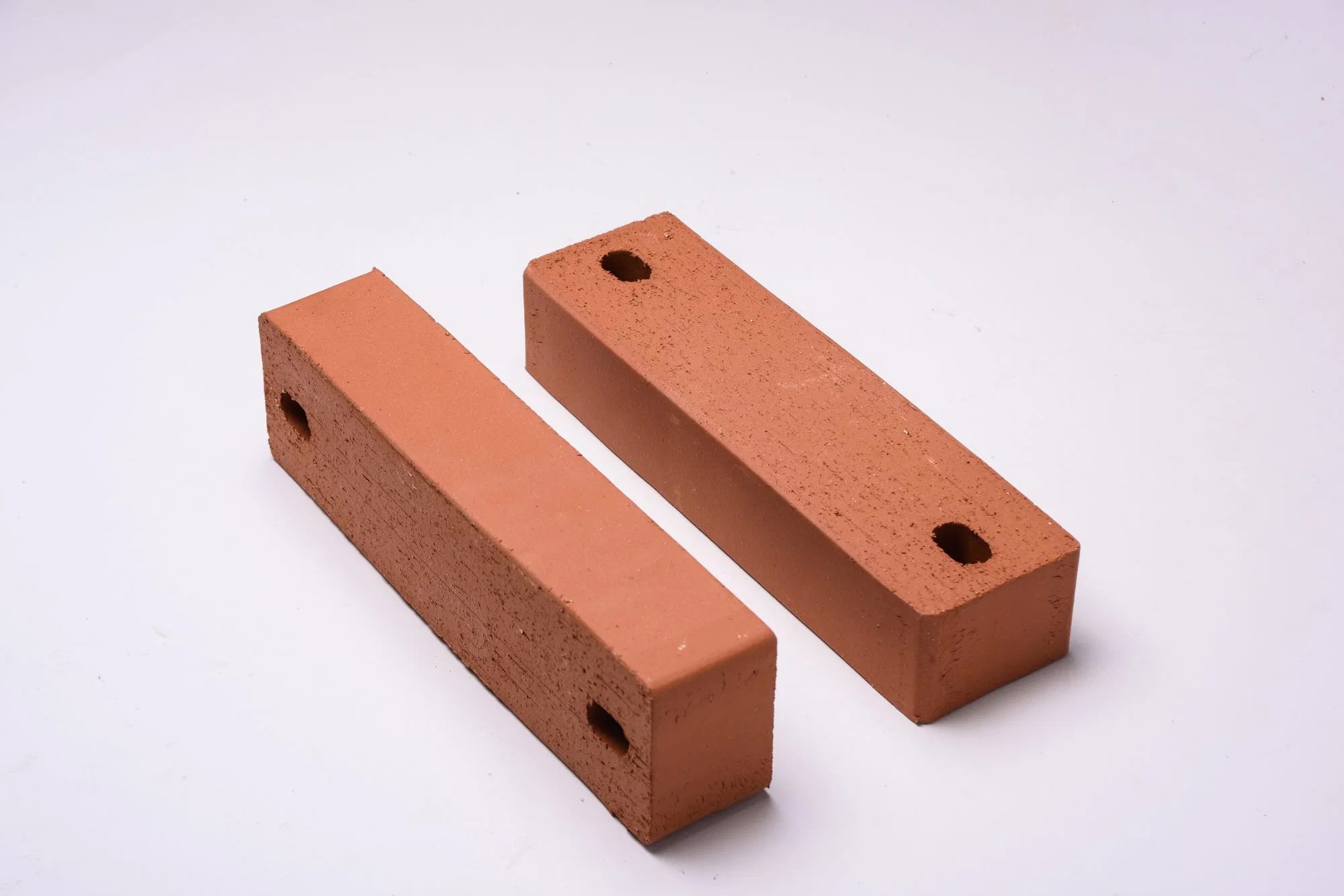
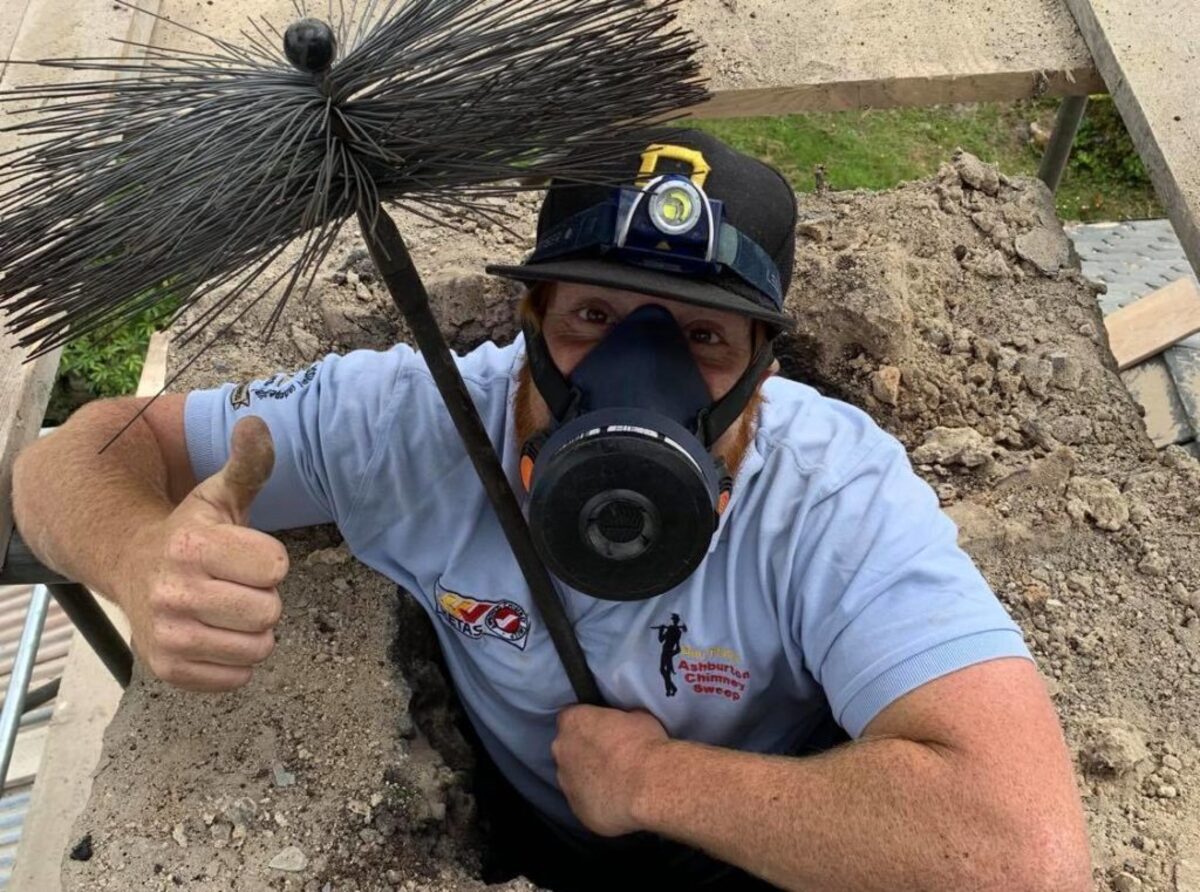
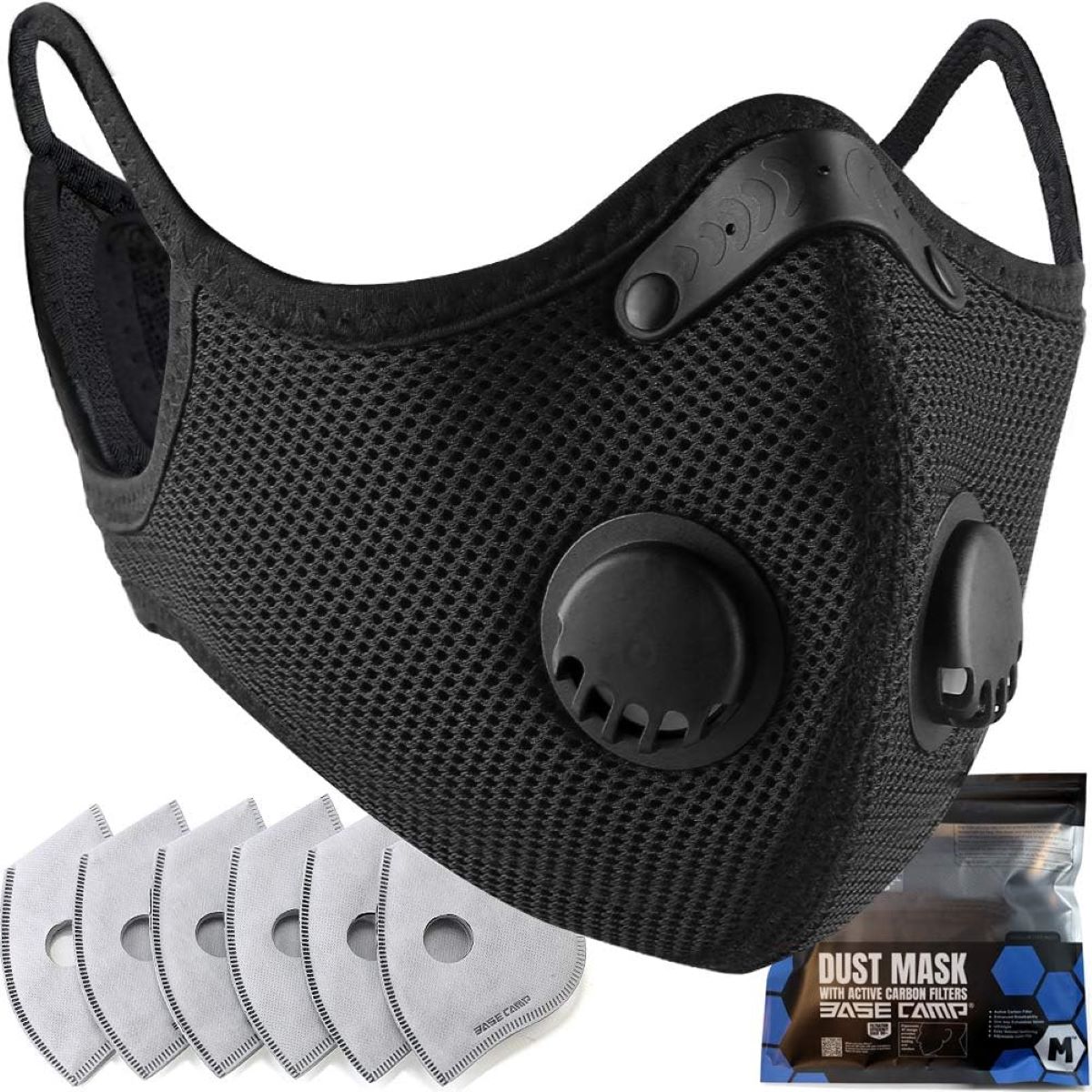
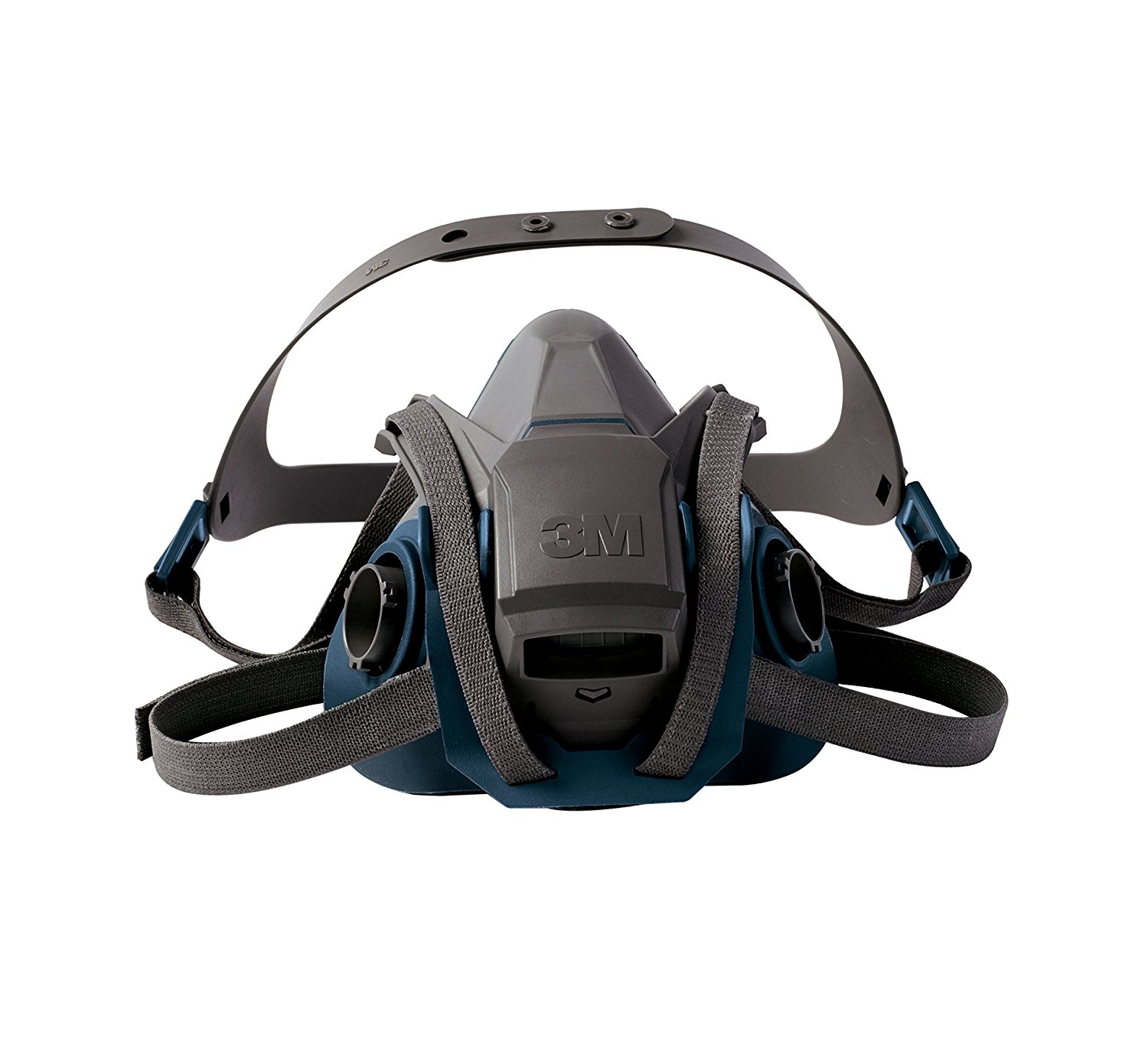

0 thoughts on “How To Store Face Mask”